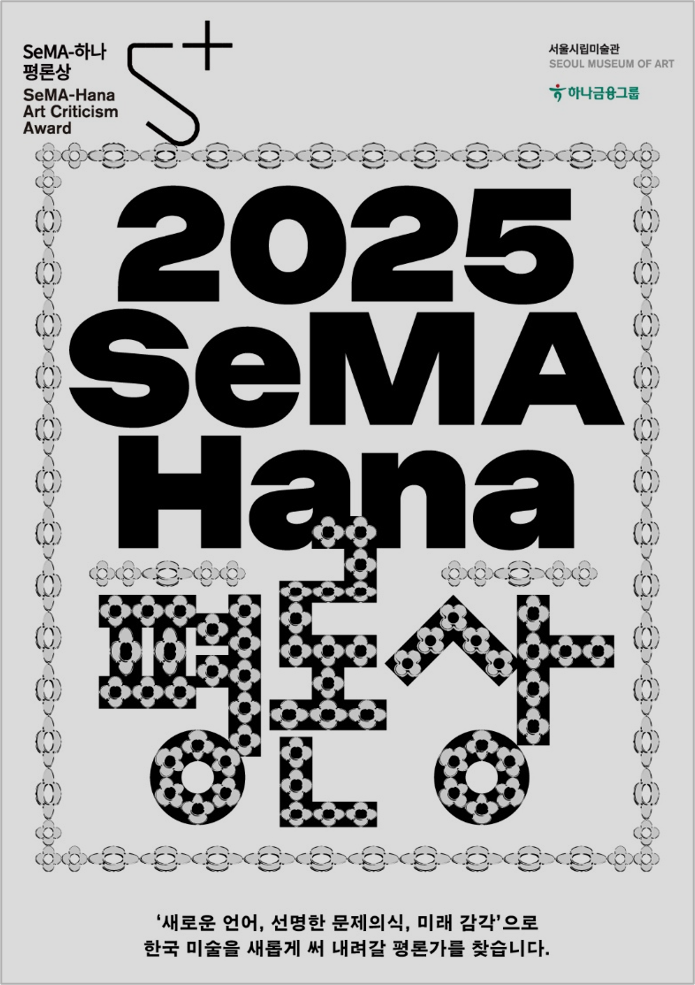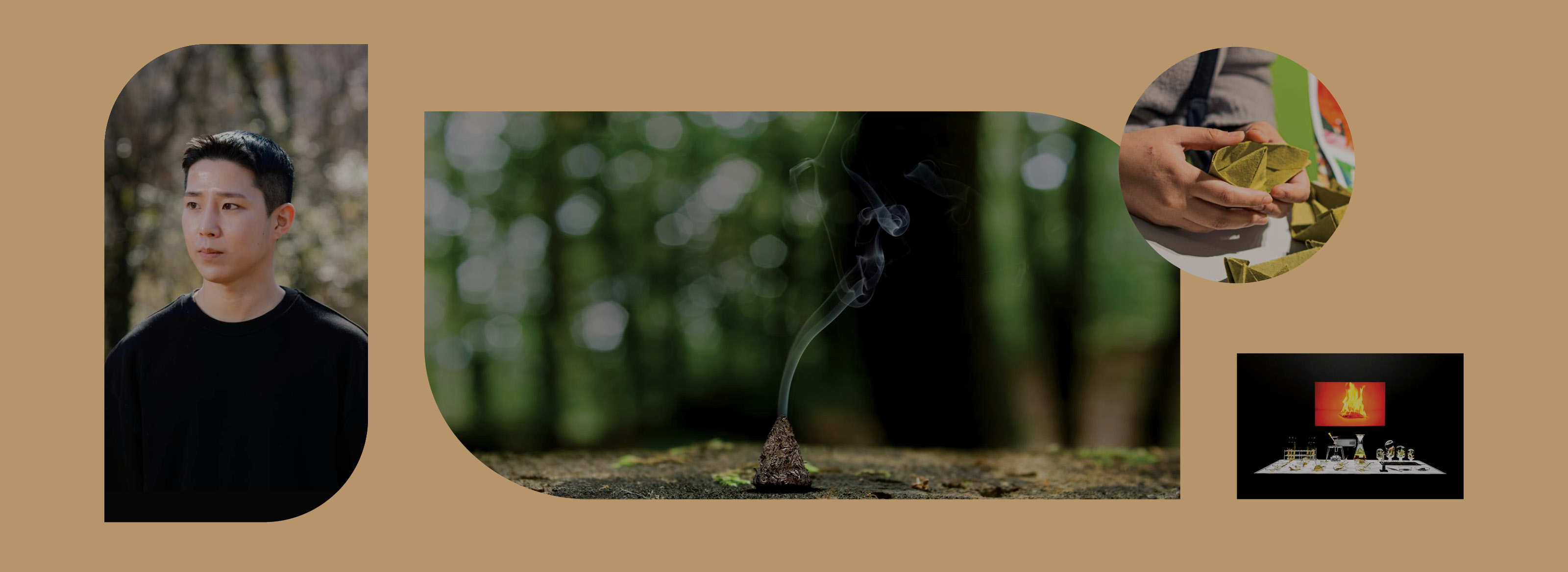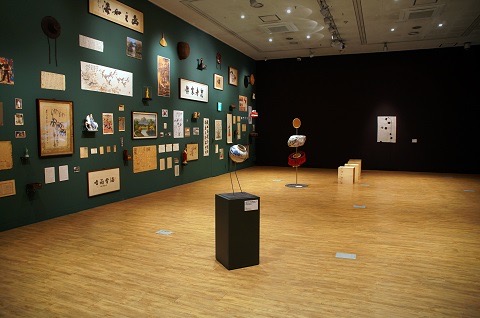
“Make A Wish” Poster Image ©SeMA
The Buk-Seoul Museum of Art (SeMA) presents a group exhibition “Make A Wish” through August 4. “Make A Wish” is an exhibition that focuses on what we have lost and what we need to recover in the era of lightness. Unlike in the past, when unchanging universal values prevailed, in the era of lightness, where constant change has become the only truth, an unstable daily life has become the ‘new normal.’ People feel lighter than ever, drifting through the digital world, clicking on links as algorithms lead them, in another new normal. In this reality, we can’t help but wonder what we can lean on to ease our anxiety and avoid sinking into depression and emptiness, and how we can regain control of the important things we are losing: communication, togetherness, well-being, and happiness.
“Make A Wish” features eight artists as “guides” who will deliver new stories and wisdom. The exhibition can be divided into two parts. The first section is filled with artists who demonstrate the possibility that social manifestations of individual anxiety and isolation can be transformed into communication, reconciliation, and symbiosis through shamanic, mythological, and folkloric ‘ghosts’. The works presented by the first four guides serve as portals from this world to the other, from the real to the spiritual, from the conflictual to the healing, as they provide direction for humans who are adrift without buoys and share life wisdom through their own narratives.
Naomi is interested in things that are disappearing and creates magical spaces that mediate between past and present, human and divine. Zadie Xa and Heesoo Kwon explore otherness through a feminist lens and utilize elements from Korean mythology, folklore, and shamanism to create transcendent and wise beings in painting and 3D animation, respectively. Dabal Kim blurs the boundaries between body and clothing as she attempts to find insights that fuse binary gender identities.
The second section is devoted to artists who demonstrate the possibility of recovering an ‘unbearably’ light presence and overcoming inner deficiencies. The other four guides offer practical, immediate, and playful ways, like a genie in a wish-granting lamp. They demonstrate how fervent wishes and prayers can be used to free oneself from anxiety and emptiness, as well as to create happiness and inner fulfillment for oneself and others. Geunyoung Hong demonstrates the alchemy of collecting visitors’ misfortunes in the form of clay sculptures and transforming them into lucky charms.
Min Shin creates giant portraits that visitors can attach wishes to, inviting them to look within themselves and each other. Wonwoo Lee demonstrates a kindly attitude towards others by having a sculpture that looks like it came from the Greco-Roman era hand out cotton candy, reminding us of the important values that are being lost in the modern world where human contact is weakened and we are accustomed to consuming immaterial information.
Through images that look like RPG video games and religiousization, Hansaem Kim invites us to apply the hero’s redemption fantasy to reality, offering hope that even if the age of lightness makes us feel vain and empty, we can still save ourselves by facing real problems, just like the hero who solves the problem at hand.






















